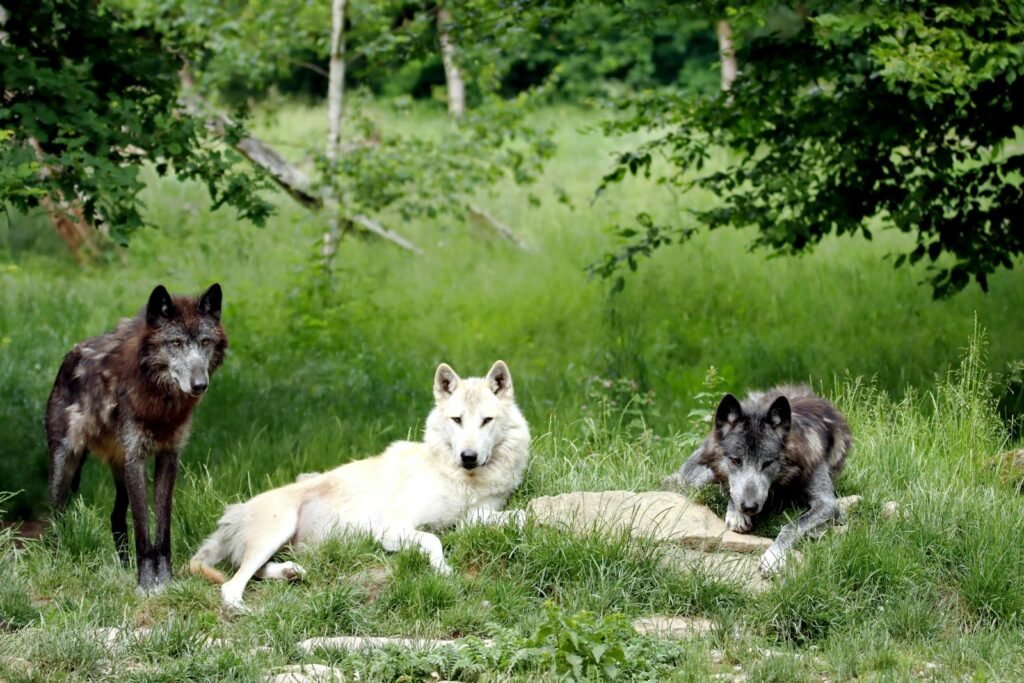Imagine walking through a lush, green enclosure where a family of gorillas lounges beneath towering trees, their every movement watched over by dedicated caretakers and researchers. Now, contrast that with the image of cramped cages and listless animals—a memory many still associate with zoos. The debate around modern zoos is charged with emotion, passion, and misunderstanding. Are zoos cruel prisons, or are they vital lifeboats for endangered species? The truth, as always, is far more complex and surprising than the loudest voices on either side would have you believe.
Why Zoos Have Changed: From Menageries to Modern Sanctuaries
For centuries, zoos were little more than menageries—collections of exotic animals displayed for human amusement. But today’s leading zoos have radically transformed their purpose and practices. Instead of focusing on spectacle, modern zoos emphasize education, research, and above all, conservation. Their enclosures mimic natural habitats, providing animals with space, enrichment, and stimulation. This drastic shift didn’t happen overnight; it’s the result of decades of advocacy, scientific progress, and a growing understanding of animal welfare. The best zoos now operate more like rescue centers than circuses, and that evolution is often overlooked in public debates.
The Myth of the “Caged Animal”
One of the most persistent criticisms is that zoos keep animals in tiny cages, robbing them of freedom and dignity. While this image may have been true decades ago, modern zoos design enclosures to match animals’ needs—both physically and psychologically. For instance, elephants in progressive zoos roam vast, multi-acre habitats, while big cats have complex terrains to climb, hide, and hunt simulated prey. Enrichment activities like puzzle feeders, scent trails, and social groupings keep animals engaged and healthy. The reality is that today’s top zoos are guided by animal behaviorists, architects, and veterinarians who work together to ensure every animal thrives, not just survives.
Conservation: More Than Just a Buzzword
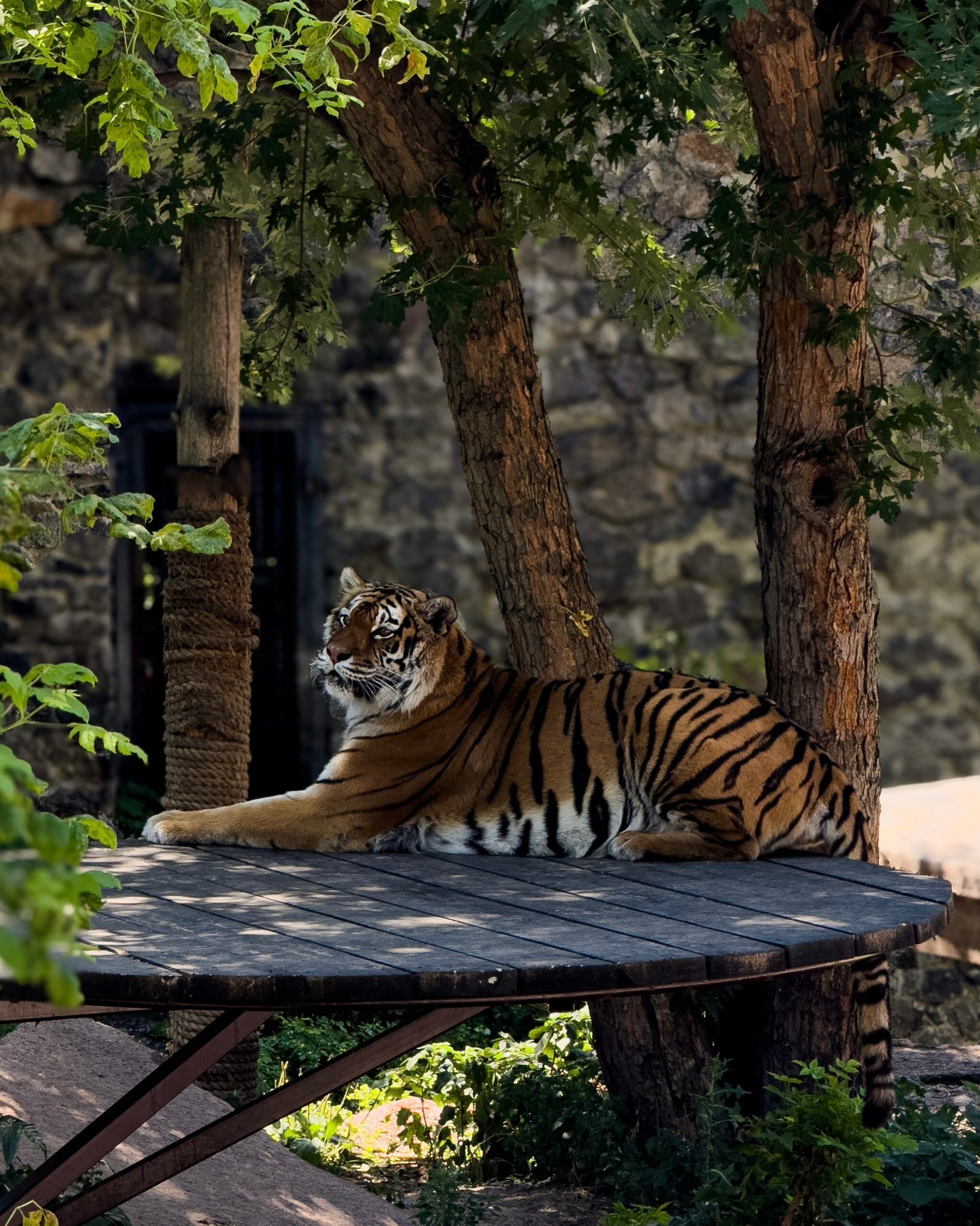
Conservation is at the heart of the modern zoo mission. These institutions play a pivotal role in protecting species on the brink of extinction. Through captive breeding programs, genetic research, and partnerships with wildlife reserves, zoos have helped save species like the California condor, black-footed ferret, and Arabian oryx from disappearing forever. Zoos act as an “ark,” safeguarding genetic diversity and providing a safety net when wild populations collapse due to habitat destruction, climate change, or poaching. Without the behind-the-scenes work of zoos, many animals would be lost to history.
Education That Sparks Change
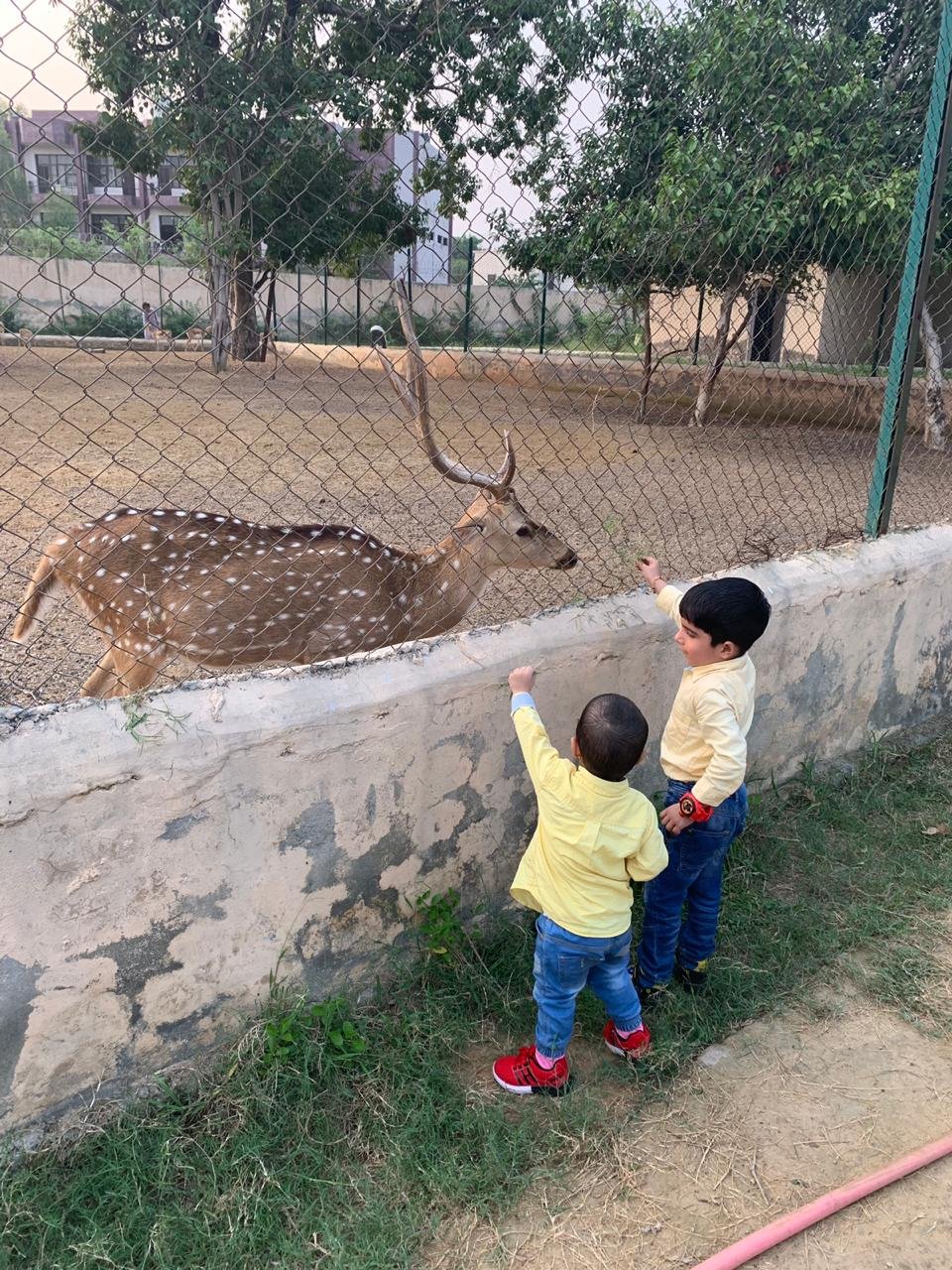
It’s easy to underestimate the power of a child’s wide-eyed wonder at seeing a tiger up close, but modern zoos channel that excitement into meaningful education. Every sign, interactive exhibit, and keeper talk is carefully crafted to inform and inspire action. Visitors learn about ecosystems, conservation challenges, and the delicate balance of nature. Studies show that personal encounters with animals can spark lifelong empathy and a sense of stewardship for the planet. Zoos are often the first place where people connect emotionally with the natural world, planting seeds of awareness that can grow into real-world change.
Research That Makes a Difference
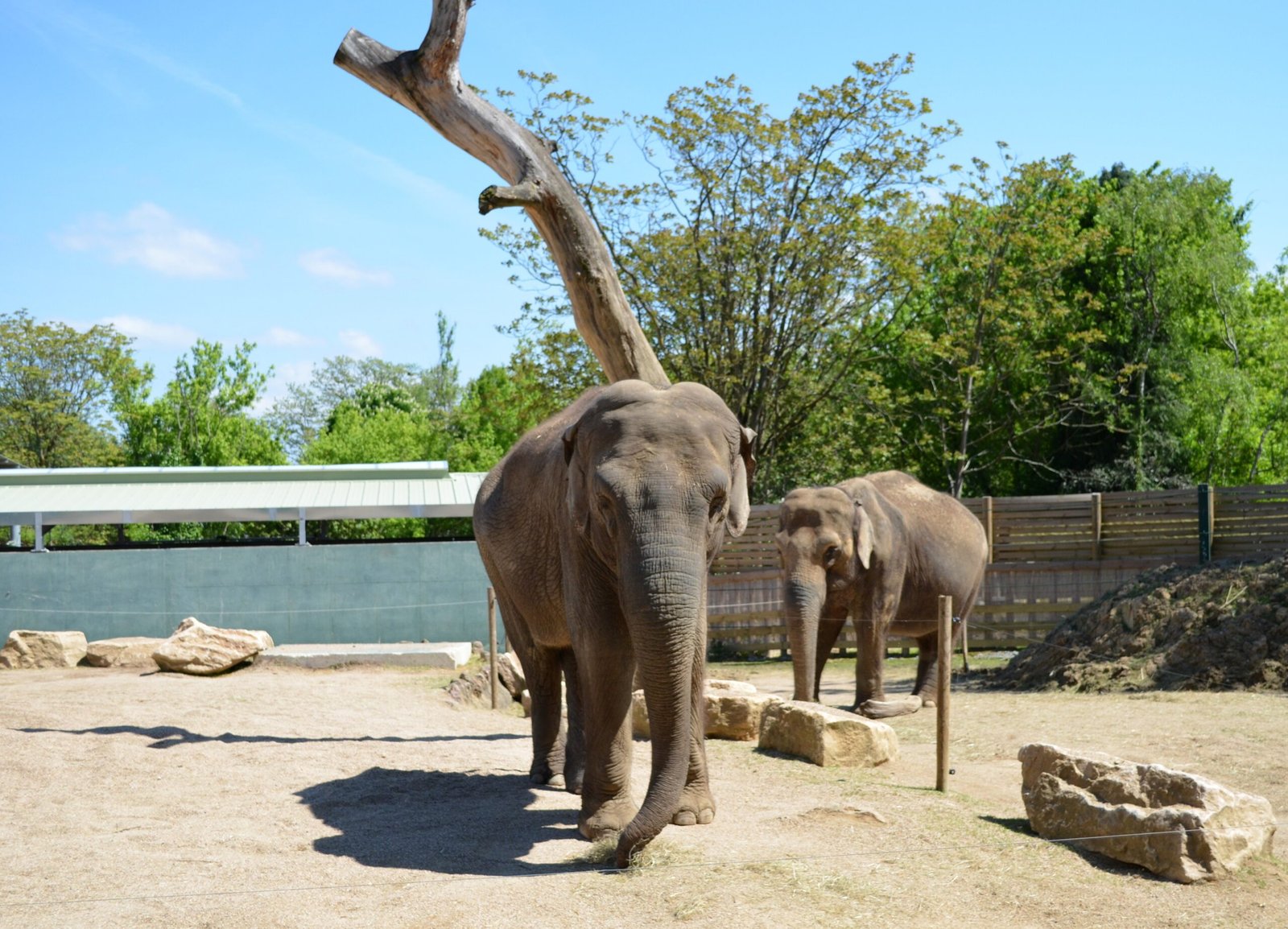
Modern zoos are also vibrant centers of scientific research. Their unique access to animals allows scientists to study reproduction, genetics, nutrition, and behavior in ways that would be impossible in the wild. This research leads to breakthroughs in veterinary care, disease prevention, and conservation strategies. For example, zoo-based scientists have developed vaccines and treatments for diseases that threaten wild populations, like the canine distemper virus in big cats. The knowledge gained in zoos often flows back into the wild, improving the odds for countless animals beyond the zoo’s walls.
Animal Welfare: The Highest Priority
Today’s zoos are held to rigorous welfare standards, with regular inspections and accreditation by independent organizations. Animal care teams include veterinarians, nutritionists, and enrichment specialists who constantly monitor health and behavior. If an animal shows signs of stress or illness, interventions are swift and thorough. The best zoos even allow animals to make choices—where to rest, what to eat, and when to interact. This focus on well-being represents a dramatic break from the past and is driven by both ethics and science.
Critics’ Concerns: Where They’re Right, Where They’re Wrong
Critics are not entirely off-base—some zoos still lag behind in standards, and animal mistreatment does occur. Voices pushing for reform have played a vital role in driving improvement. However, to paint all zoos with the same brush ignores the huge progress made by reputable institutions. Dismissing all zoos can actually harm conservation efforts by undermining funding, public support, and vital breeding programs. The challenge, then, is to hold zoos accountable while supporting those that truly make a difference.
Success Stories: Species Brought Back from the Brink
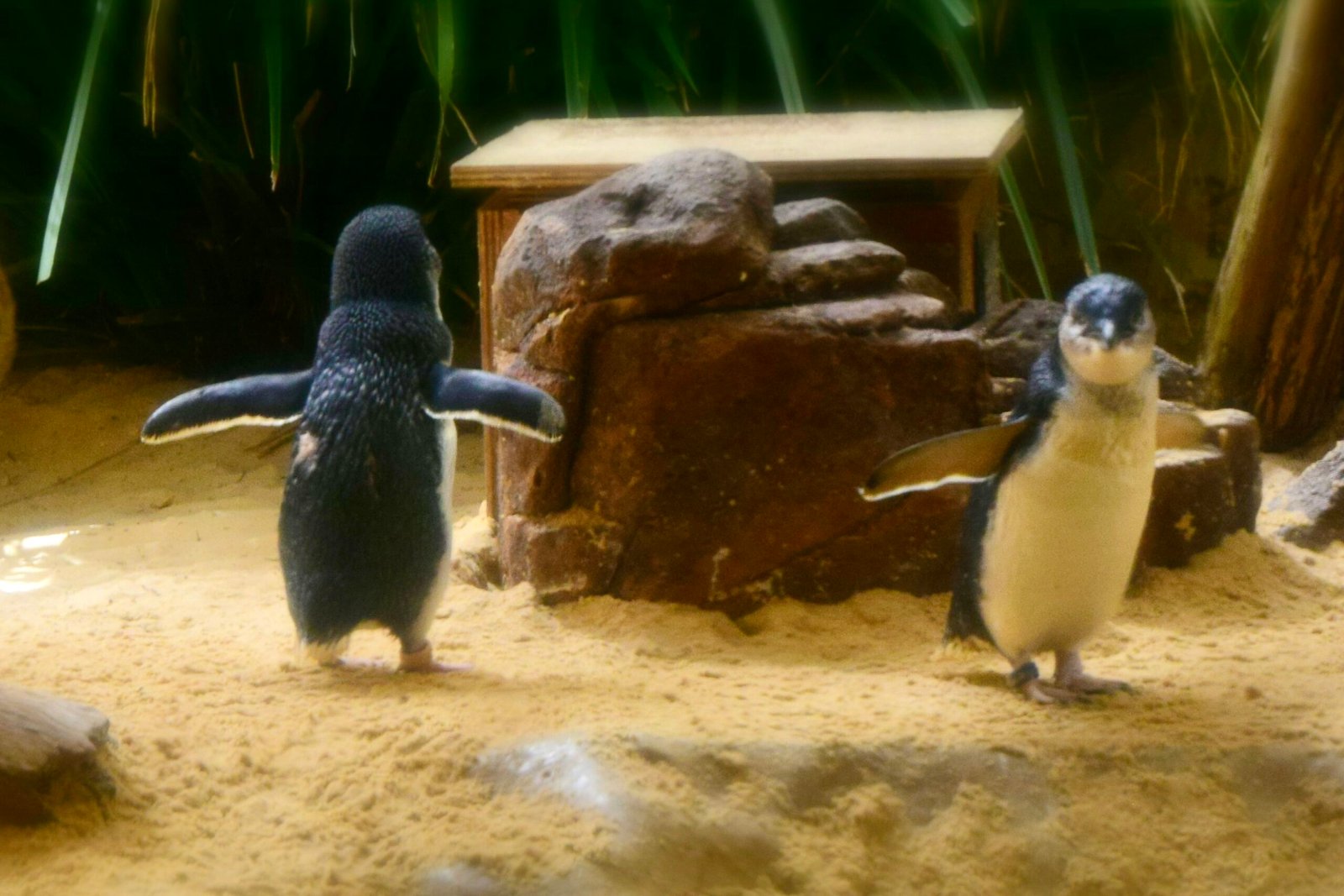
Real-world examples of zoo-led conservation are nothing short of inspiring. The Przewalski’s horse—once extinct in the wild—has been reintroduced to its native grasslands thanks to captive breeding in zoos. The golden lion tamarin, a tiny primate from Brazil, was saved by coordinated efforts between zoos and local reserves. These stories are more than feel-good anecdotes; they’re proof that, when done right, zoos can be a force for hope against extinction.
The Role of Zoos in a Changing World
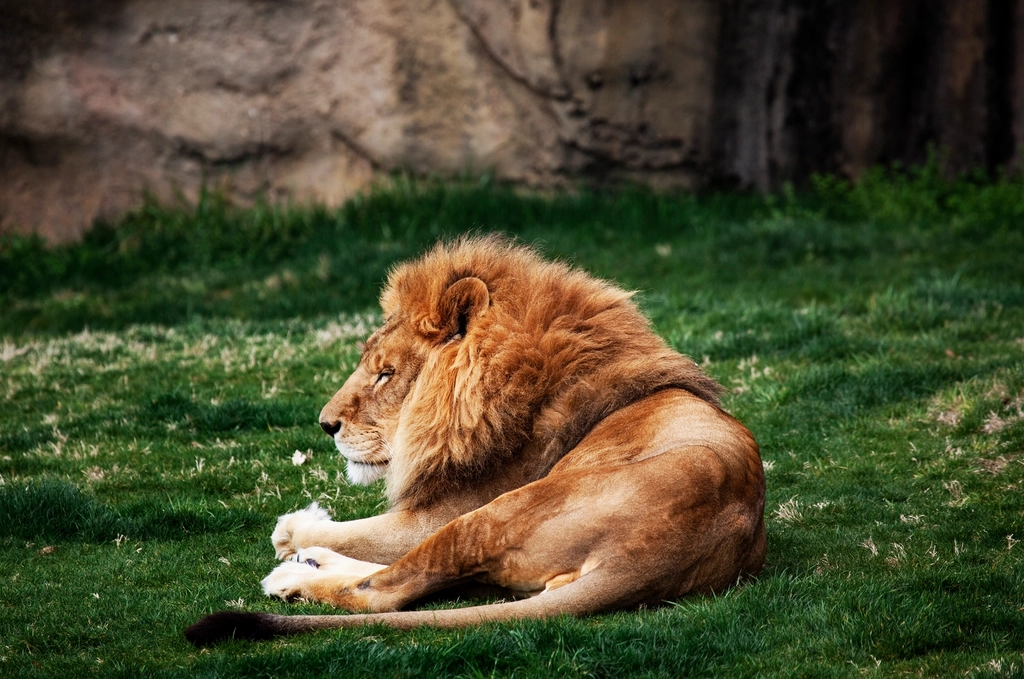
As climate change, deforestation, and illegal wildlife trade accelerate, the role of zoos is more important than ever. Zoos serve as living laboratories, safe havens, and education hubs in a world where natural habitats are vanishing. They can’t replace the wild, but they can buy time for species while solutions are found. The coming decades will challenge zoos to innovate further, adapt their models, and deepen their commitment to both animals and the planet.
How Visitors Can Make a Difference
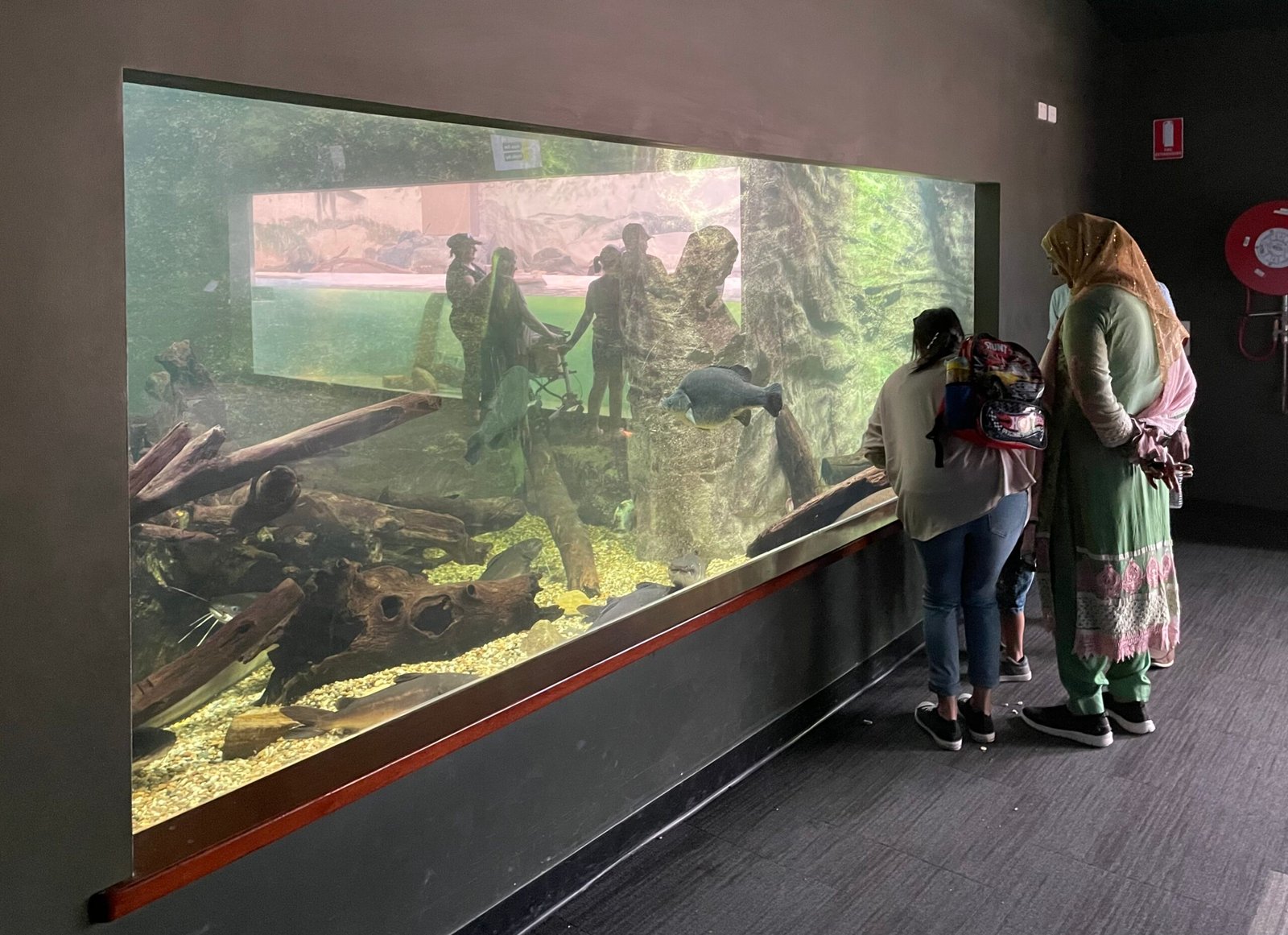
Every person who visits a zoo has the power to influence its future. By choosing to support accredited, ethically run zoos, visitors send a clear message that animal welfare and conservation matter. Asking questions, volunteering, and participating in citizen science projects amplify the impact. Ultimately, zoos reflect the values of the communities they serve—when people demand better, zoos respond with higher standards and bolder conservation action.
Looking Forward: The Future of Zoos and Conservation
The future of zoos is not set in stone. It will be shaped by science, ethics, and the collective voice of the public. As technology advances, virtual reality and immersive exhibits may one day supplement or even replace live animal displays for some species. Zoos that embrace transparency, prioritize welfare, and double down on conservation will lead the way. The ongoing dialogue between critics and supporters is crucial—it ensures that zoos continue to evolve, always striving to do what’s right for animals and the natural world.

